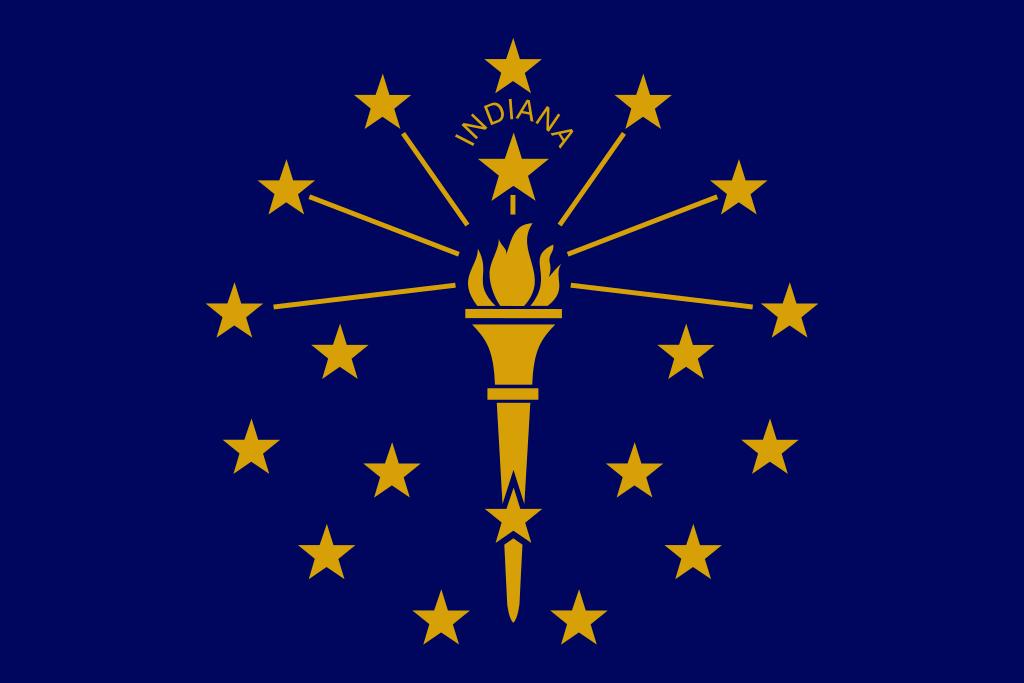…
The pace of violations, recorded since the city restricted turns at 97 downtown intersections, amounts to an average of about seven tickets per month.
Two pedestrian advocates told Mirror Indy they would like to see more enforcement, but city officials said the number of tickets issued is only one metric — and not the most indicative of success when it comes to pedestrian safety measures.
“Their desired effect was not to increase (the) number of tickets issued by IMPD. It was to ensure the safety of pedestrians and bicyclists in the Mile Square,” Vop Osili, the Democratic president of Indianapolis City-County Council, said in an emailed statement to Mirror Indy.
…
The policy change followed a study from the Indianapolis Department of Public Works that looked at a five-year history of pedestrian-related crashes in the downtown area. It found that 57% of were the result of vehicles failing to yield to pedestrians at intersections with traffic signals.
Data also showed that downtown pedestrians were more than twice as likely to be involved in a crash compared to pedestrians in the rest of Marion County.
…
Freeman, who was a city-county councilor from 2010 to 2016, argued that the policy would “create confusion and congestion” and “won’t stop distracted, reckless or aggressive driving.”


@redfox @FlyingSquid @Bikevisionary might have some numbers to share.
@benfulton @redfox @FlyingSquid
sciencedirect.com/science/article/pii/S2590198223000696?via%3Dihub) helps to explain why right-on-red is so problematic. The authors examined people’s behavior behind the wheel, concluding that “at red-light turns, driver attention was heavily skewed toward leftward traffic.” The dangers of that orientation are obvious, especially since a “Walk” sign could be inviting pedestrians and cyclists to cross in front of the turning car.
@benfulton @redfox @FlyingSquid
https://www.theguardian.com/us-news/2023/oct/17/right-turn-on-red-light-ban
"Turning right on red was only legal in a few states until the 1970s, when the federal government, facing an oil crisis, told states to allow it – or lose their energy funding. The idea was that cars would use less fuel if they avoided sitting at red lights. That law remains in place, despite 1984 research showing that at intersections allowing right-on-red, crashes jump 23%, pedestrian crashes increase by 60%, and cyclist crashes double.